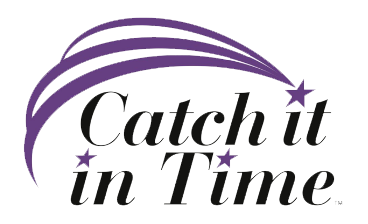You might remember we wrote about the great day we had with OrthoColorado at the Emmanuel Sanders Football ProCamp for kids last month, in partnership with giveSPORTS. We enjoyed the morning with over 400 kids in grades 1-8 along with a selection of the area’s top high school and college football coaches. We got pumped up about the return of the NFL season and we also learned a lot that is worth sharing about sports safety for kids, who are also back to school and getting back on the fields and courts all around the country.
If you have a young athlete in your life, you know how important being safe and healthy is to them and to their parents, coaches, and teachers. We all want to see them grow, develop, learn, have fun, and stay safe. But it is hard as they get older and have more motivation and more awareness about the competition. Ortho’s Dr. McNair did a great Q & A with parents whose kids were at the camp to address some of these concerns. Here are the highlights from our notebook:
- One of the first questions was about when to start playing contact football. Dr. McNair gave a great answer. It depends. It depends on the child’s individual situation. Not allowing contact until a certain age means they will start playing with kids who have been doing it longer and have developed skils and toughness that helps them deal with the physicality of the sport. On the other hand, every child’s body matures differently. When was the last time you looked at a group of 13-14 year old boys? Some will be shaving already and be HUGE and some are just starting to grow into puberty. The standard, he said, seems to be around 14 years old, but there are lots of variables.
- Especially for boys at about this age, they start to develop those “reckless” and “invincible” ideas in their maturing minds. They do not worry as much about getting hurt because they tend to “bounce back” quickly. However, we need to help them make good choices about their devotion to sports and all that that entails.
- Dr. McNair really encouraged multiple sports for those who want to stay in sports. He said the risk for injury is higher when we focus on one sport and one position. Diversity of play helps the brain and the body stretch and grow and the neuromuscular development is stronger for mult-sport athletes looking toward college.
- When there is an injury, he cited the “old RICE acronym”, which stands for “Rest, Ice, Compression, Elevation”. We all need to have ice bags ready for active kids! After an injury, at least force a couple of days of down time and talk to a doctor about resuming activity at the normal pace. Most likely, the child will need a week or two off, depending on the injury. Watch for swelling, interrupted sleep, and variations in appetite as the healing process goes on to ensure a good recovery.
In wrapping up, he reminded all the parents, that as we progress through sports, we should remember most coaches are volunteers and many have love of the sport but are not professionally trained. At the end of the day, it is up to us to watch out for our own kids’ well being. So they enjoy a healthy, active life that is the foundation for a love of sports that does not end in high school.
